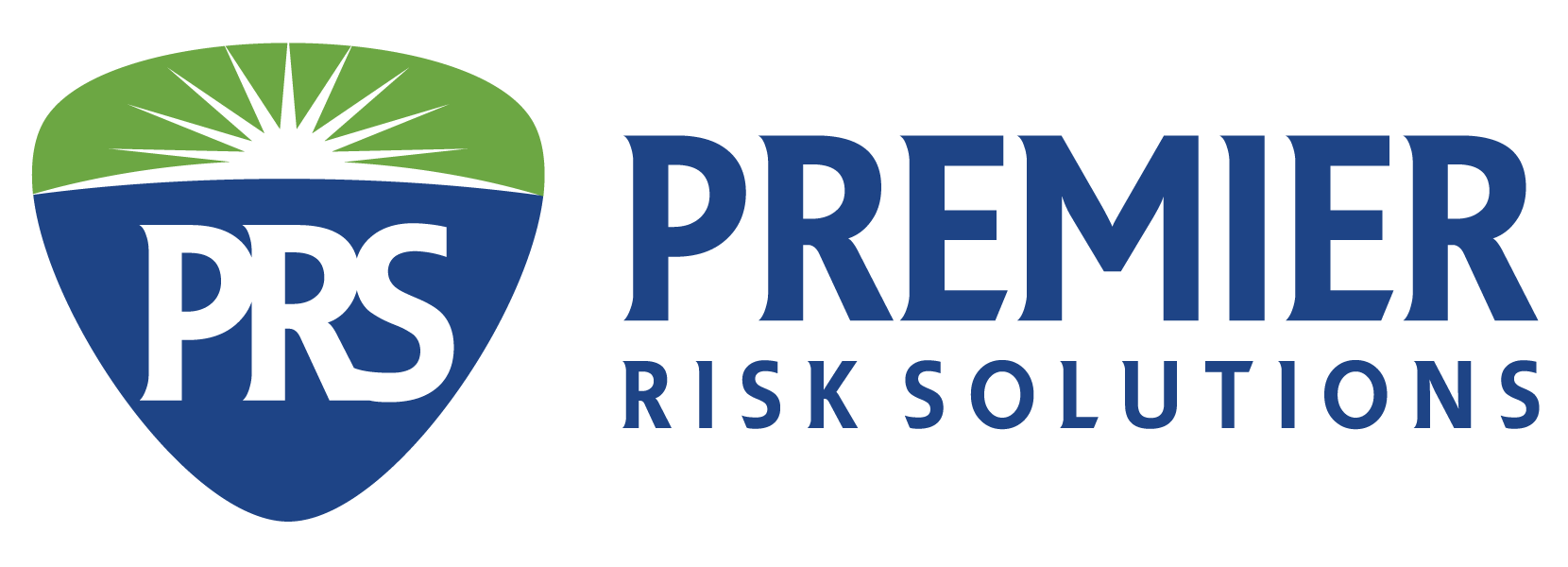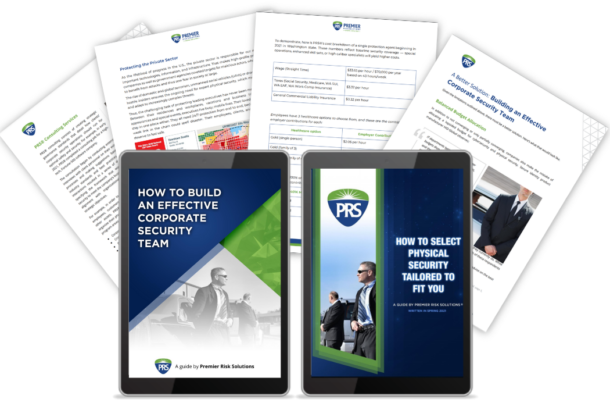It’s no secret that high-profile individuals attract highly skilled enemies. Traditional executive protection — black-suited bodyguards, conspicuous and observable — is no longer enough to protect against the more sophisticated plots targeting high-net-worth individuals and organizations. You’ll need layers of different kinds of security.
Protection for the CEO of a Silicon Valley tech company won’t be identical to that of celebrities or their children. The security detail for each will depend on several factors, such as threat level and situation. But one thing these plans might have in common is covert surveillance, also known as protective surveillance.
What is covert surveillance?
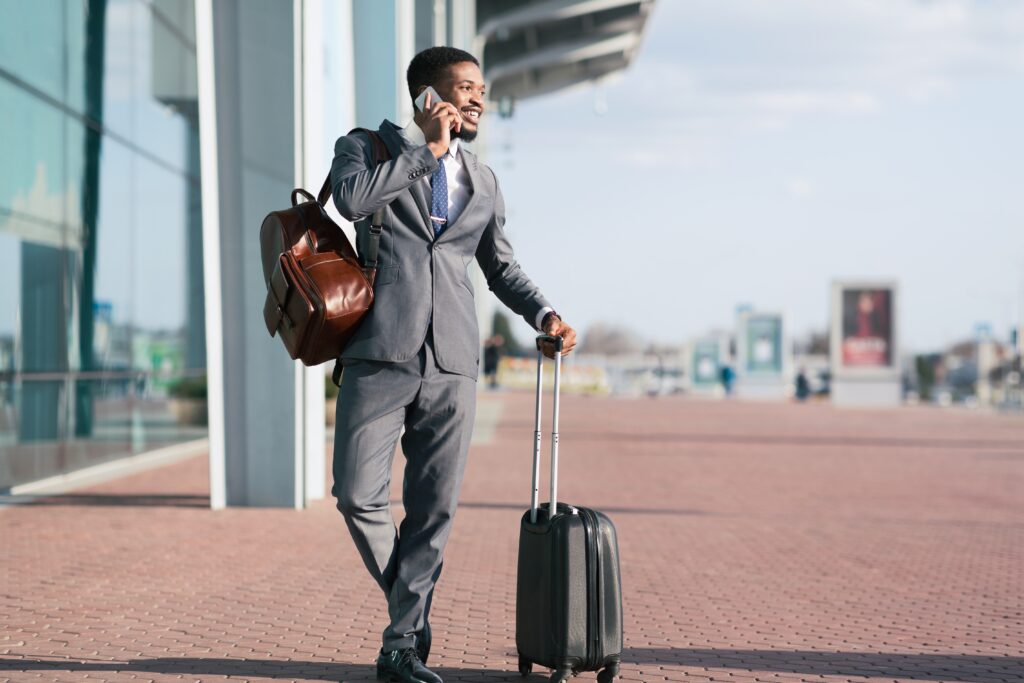
Covert surveillance consists of identifying potential threats to the client(s). This is done covertly, meaning that outside observers should not be able to tell that there is even an operation taking place. Covert agents are trained to blend into their environments, whether it’s a cafe, the streets, the workplace, or public event. (“Covert” is not to be confused with low-profile operations, which also feature plain-clothed agents but don’t disguise their presence as security.)
Covert executive protection teams monitor any and all potentially hostile elements in the principal’s surroundings. Advantages lay in not being noticed. For example, if covert protection officers are assigned to secure a big tech conference, these officers will circulate in and around the venue looking for potential threats, such as rogue drone operators. If the hostile actor doesn’t realize they’re being watched, they will take less care in covering their tracks, making it easier for covert agents to track and report these individuals to the proper authorities as well as curating proper risk mitigation strategies for the principal.
What is surveillance detection?
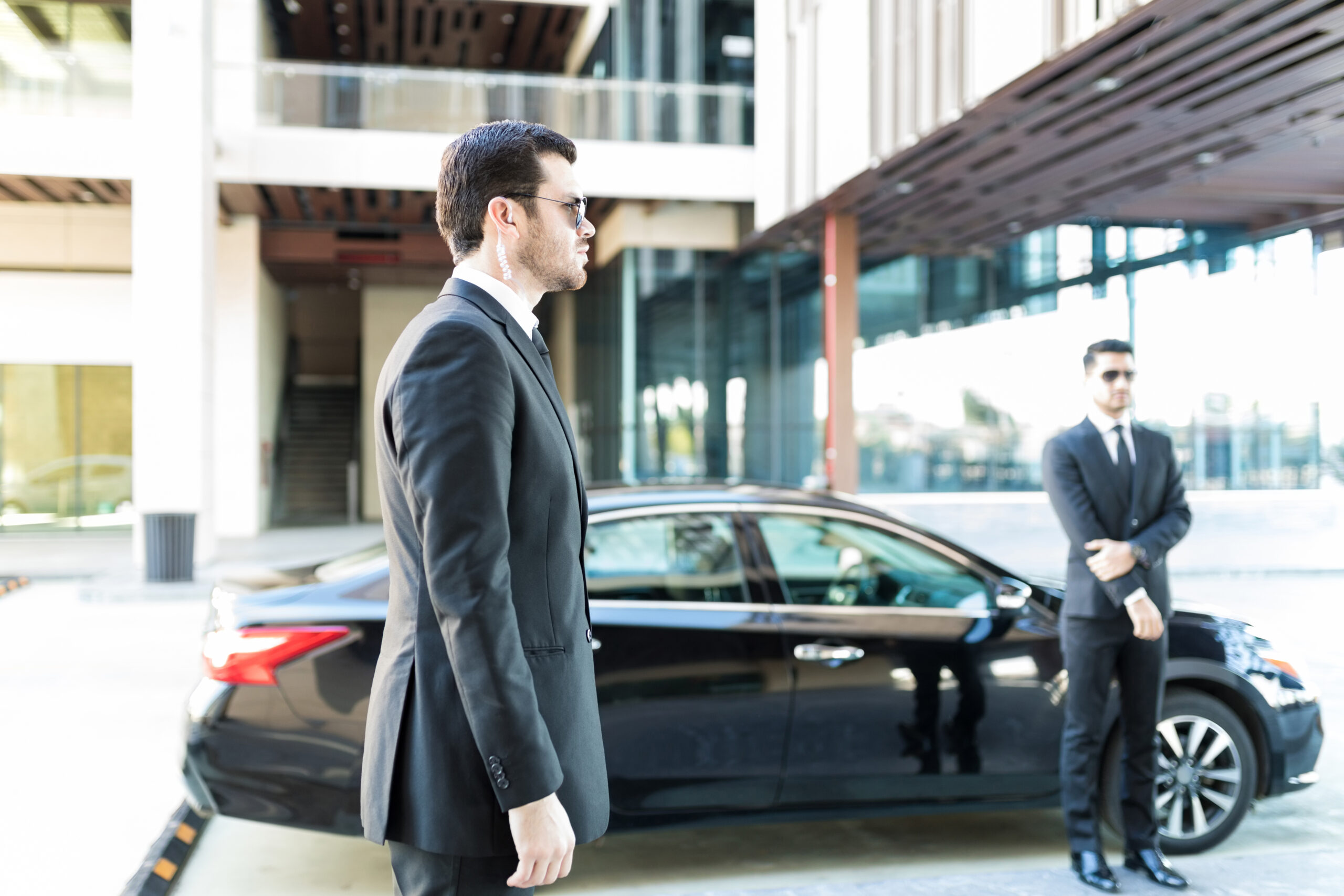
Surveillance detection is a component of covert surveillance. If you believe you might be the subject of hostile surveillance and/or a future attack, a surveillance detection team will first observe to confirm the hostile watchers and then gather basic information about them (location, appearance, actions, time, etc.).
This intelligence is passed on to a counter-surveillance team, which will essentially surveil the hostile surveillance. By following the hostile planners for longer periods of time, the counter-surveillance team can find out who they work for and collect evidence that could lead to arrest.
A real-life example where surveillance detection and counter-surveillance have saved lives is when the FBI arrested three white supremacists who traveled to Bartow, Georgia to surveil two Antifa members they hoped to assassinate.
When to Use Covert Surveillance
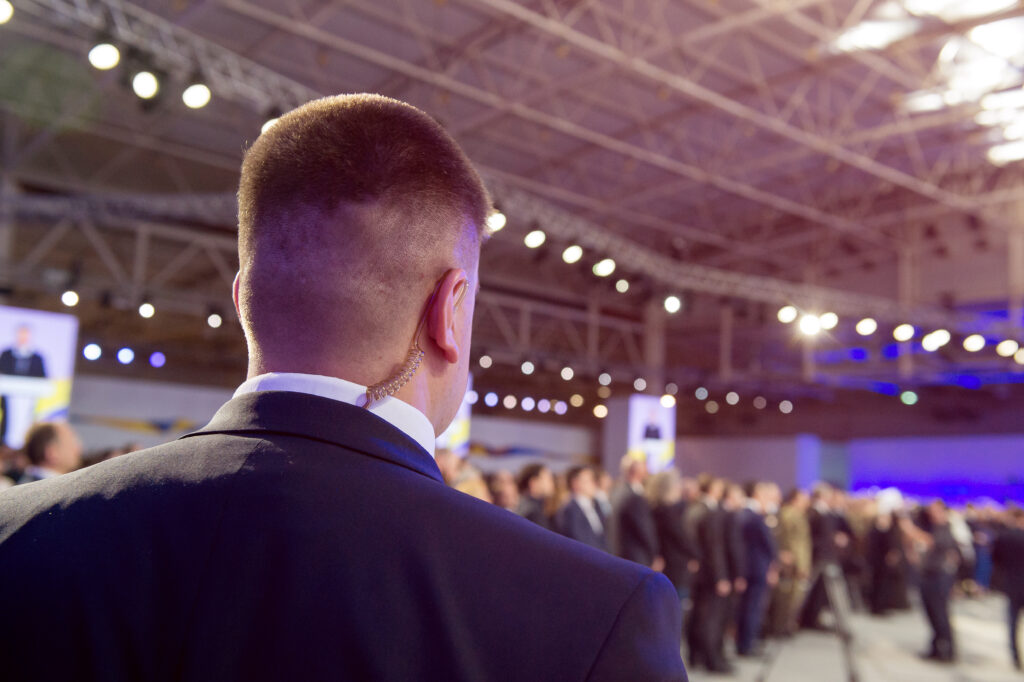
Despite its secretive nature, covert surveillance is not always superior to other forms of executive protection, such as overt or low-profile protection. At least, not in all situations.
For example, overt protection (the obvious presence of security) might be preferable as a visual deterrent when the principal is making a public appearance. The mere presence of protection often makes others think twice about attacking.
Covert operations, on the other hand, provide no such protection through appearance. Instead, it’s reactive — dependent on actions already taken by a hostile actor. However, there are clear advantages to covert security. If hostile individuals cannot observe your security measures, they cannot plan for them. Thus, the element of secrecy allows you to maintain a tactical advantage.
Some environments, like many Silicon Valley headquarters, require protection but don’t want it to be felt or noticed. This is another situation where covert surveillance comes in handy — it relaxes the atmosphere without relaxing security.
Different situations call for different kinds of protection — or even some combination of covert and overt surveillance. Indeed, overt and covert surveillance often work hand in hand to provide the most thorough coverage. We can offer protection services here at Premier Risk Solutions.premierrisksolutions.com
